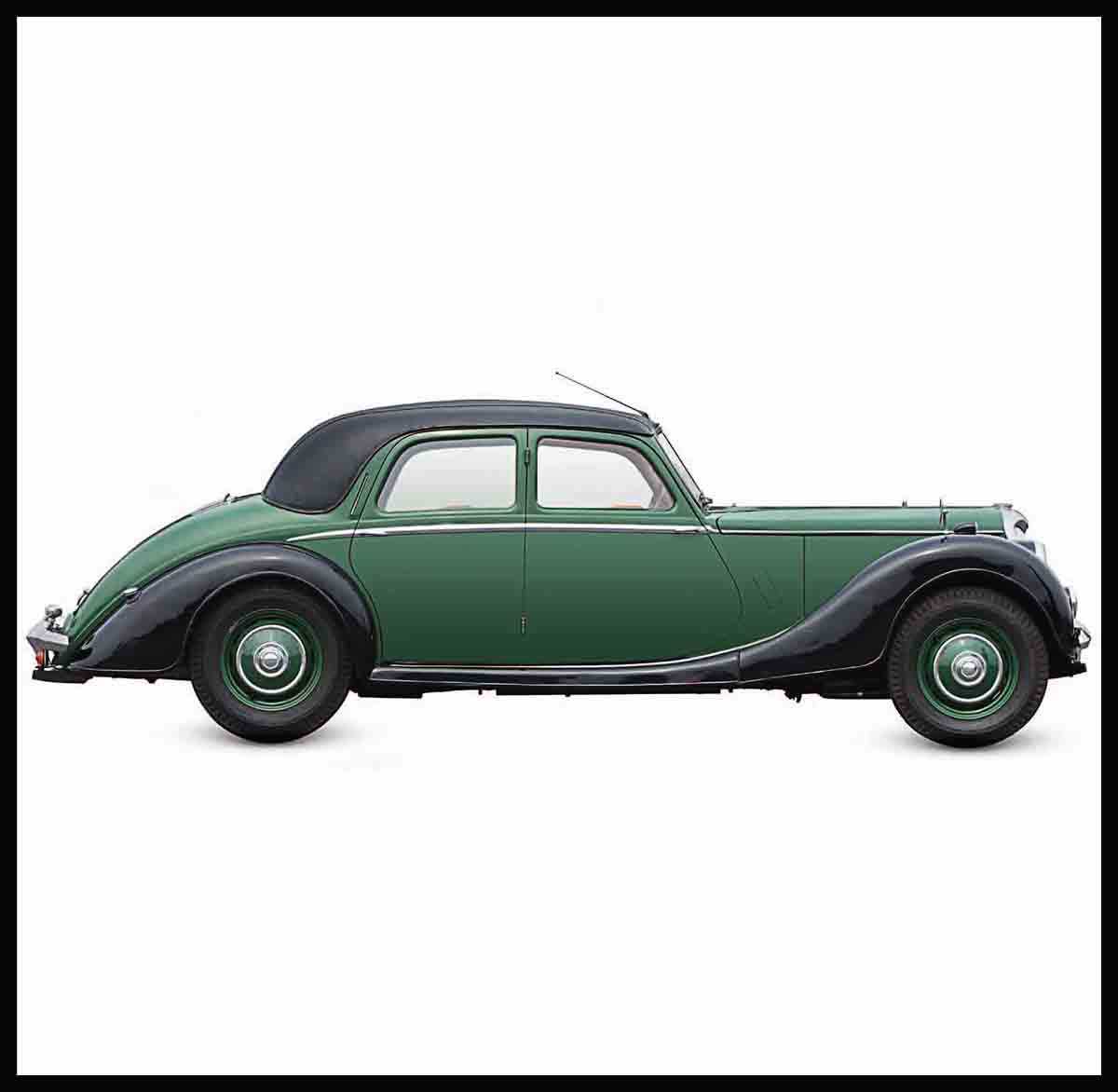
Mid-Range Family Sedans
Once hostilities were over, factory owners flush with money from war contracts hurried to fill their factories’ capacities with car manufacturing again. However, shortages of raw materials—especially steel—meant that many stayed initially with old-fashioned construction techniques like wood body frames, aluminum body panels, and fabric-covered roofs. Some rushed pre-war models back into production, while others took the time to develop all-new models.
Rover 10, 1945
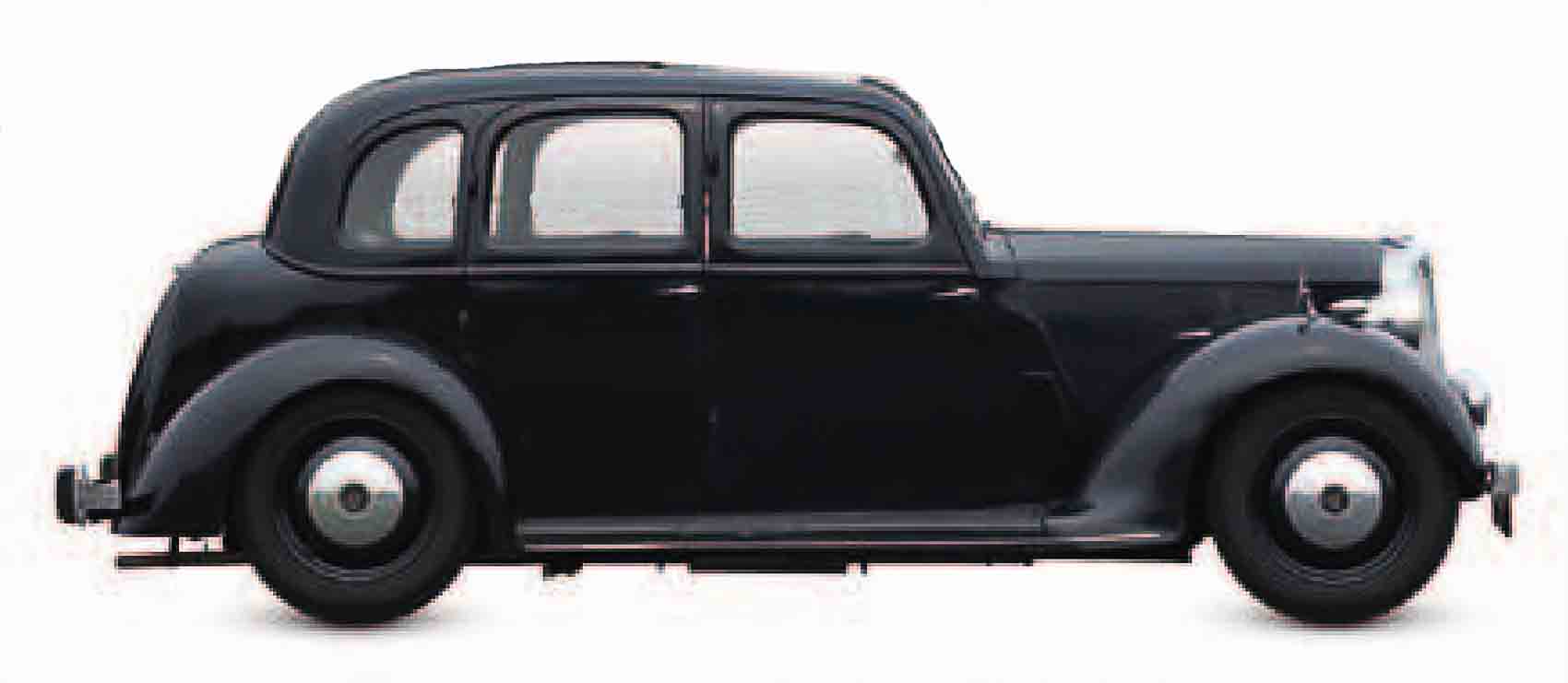
| Origin | UK |
| Engine | 1,389 cc, straight-four |
| Top speed | 65 mph (105 km/h) |
The 10HP was a luxuriously trimmed but underpowered 1930s sedan. It stayed in production post-war and looked identical to the more powerful 1948-49 P3 model that followed.
Riley RMB, 1946
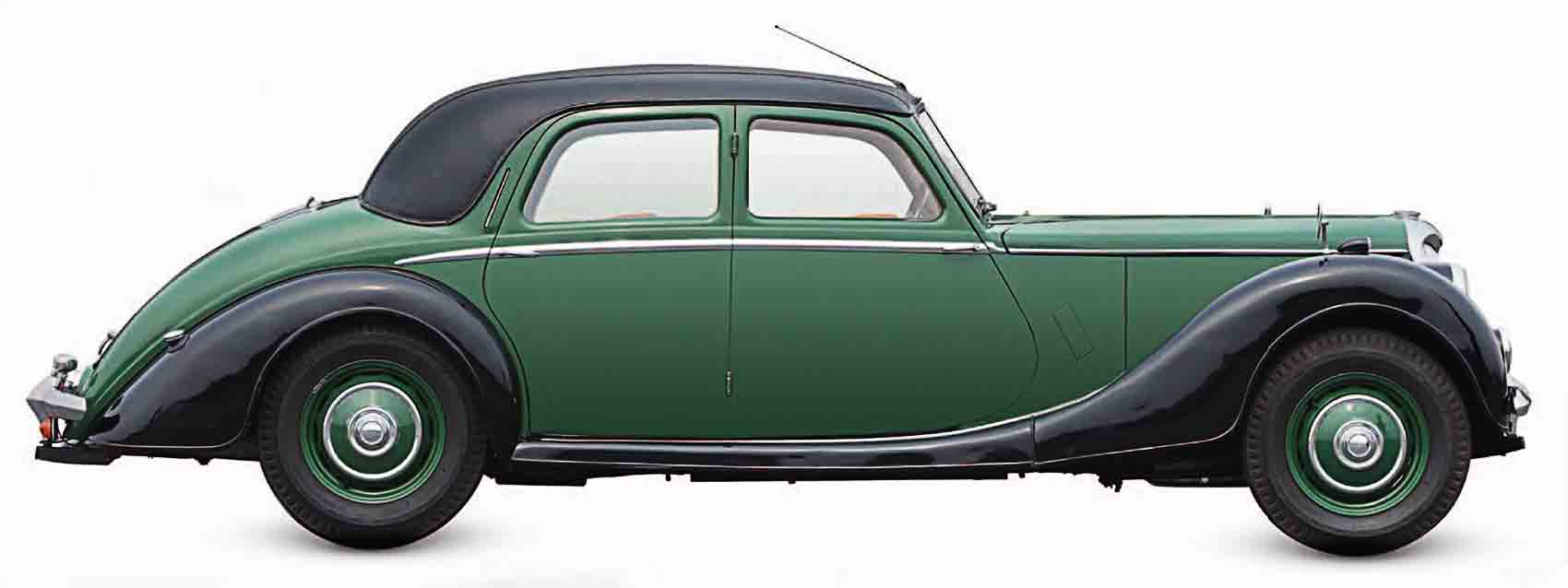
| Origin | UK |
| Engine | 2,443 cc, straight-four |
| Top speed | 95 mph (153 km/h) |
Pre-war in appearance only, the RM was among Britain’s first new post-war models and, in 2.5-liter form, was a dynamic sports sedan, built to high standards.
Daimler DB18, 1945
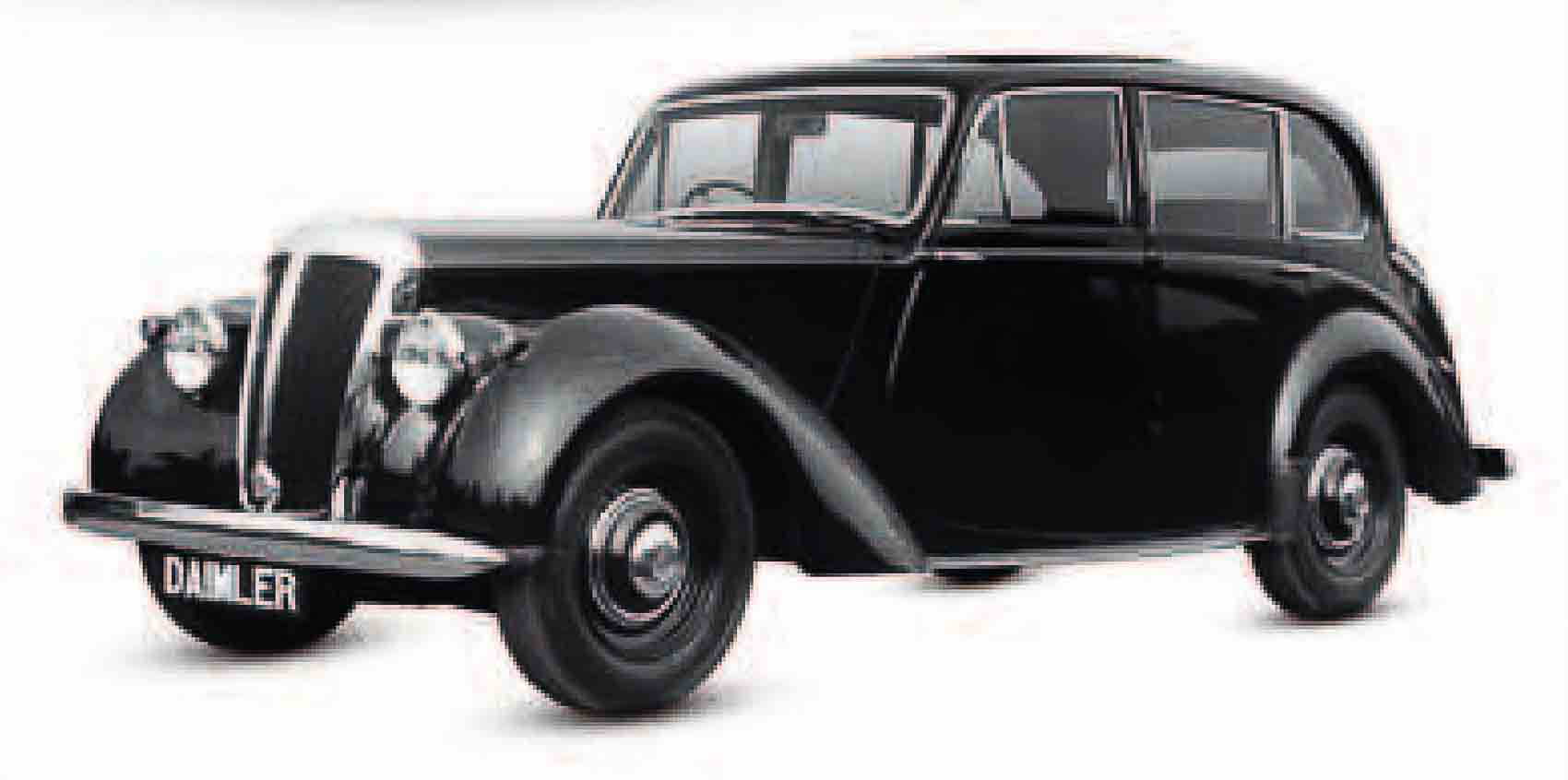
| Origin | UK |
| Engine | 2,522 cc, straight-six |
| Top speed | 72 mph (116 km/h) |
Daimler’s smallest car from directly before the war was the obvious choice to re-introduce post-war. Well engineered and sensible, it exuded quality, but not opulence.
Alvis TA14, 1946
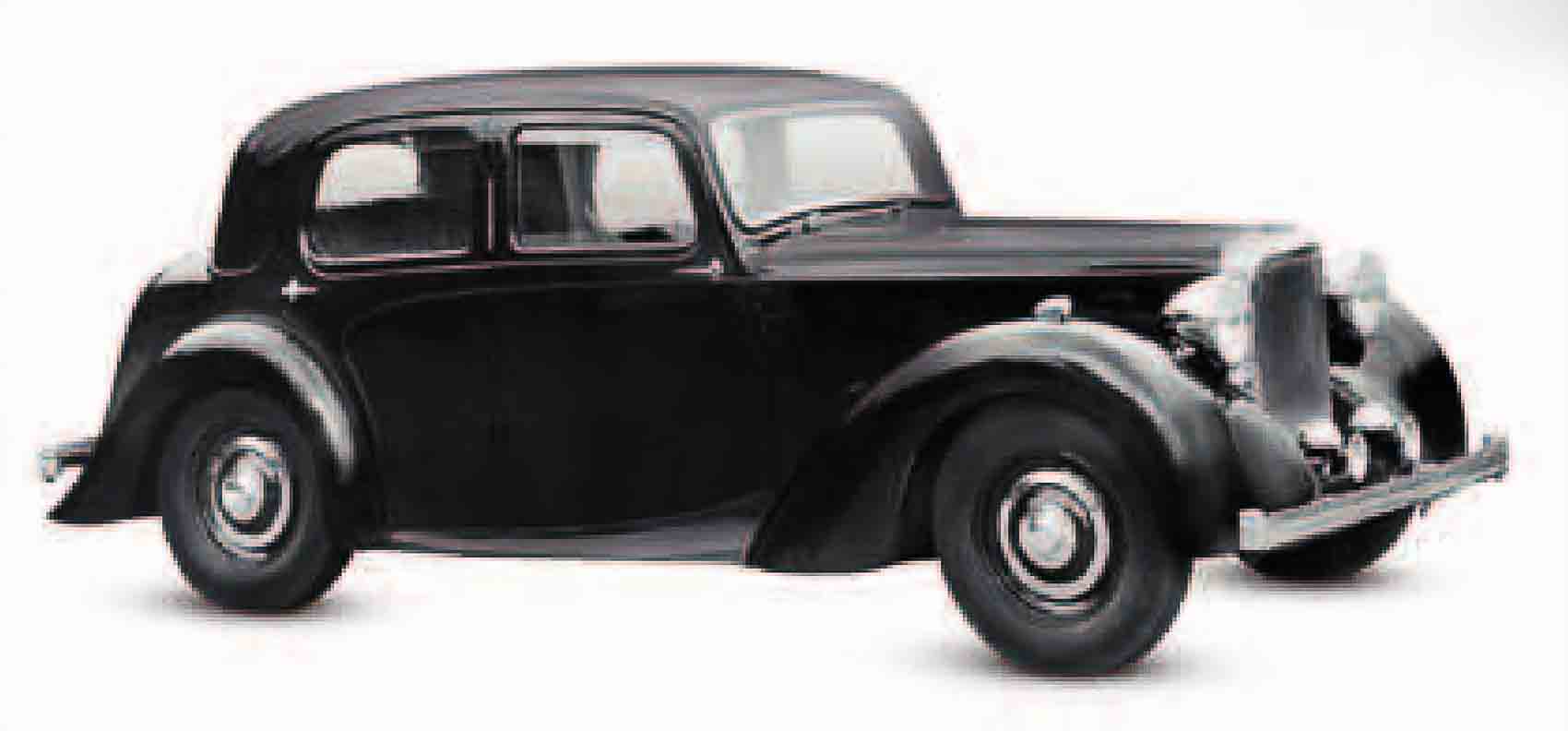
| Origin | UK |
| Engine | 1,892 cc, straight-four |
| Top speed | 74 mph (119 km/h) |
Alvis re-entered the market post-war with a quality coachbuilt sedan. Its styling and chassis were firmly rooted in the 1930s, with beam axles and mechanical brakes.
Mercedes-Benz 170V, 1946
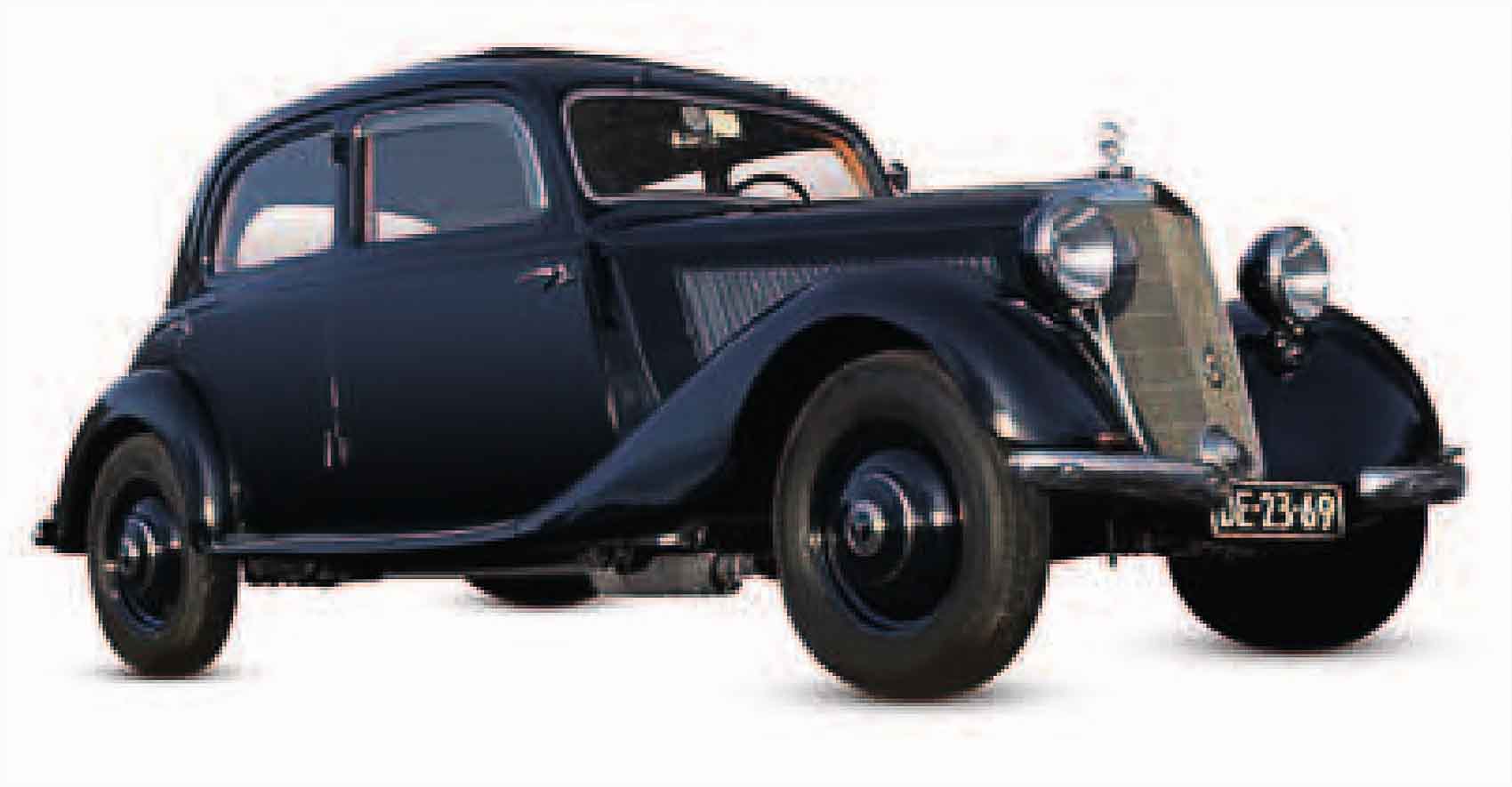
| Origin | Germany |
| Engine | 1,697 cc, straight-four |
| Top speed | 67 mph (108 km/h) |
Launched in 1936 and very successful due to its quality construction, smooth running, and all-independent suspension, the 170V was re-introduced post-war.
AC 2-liter, 1947
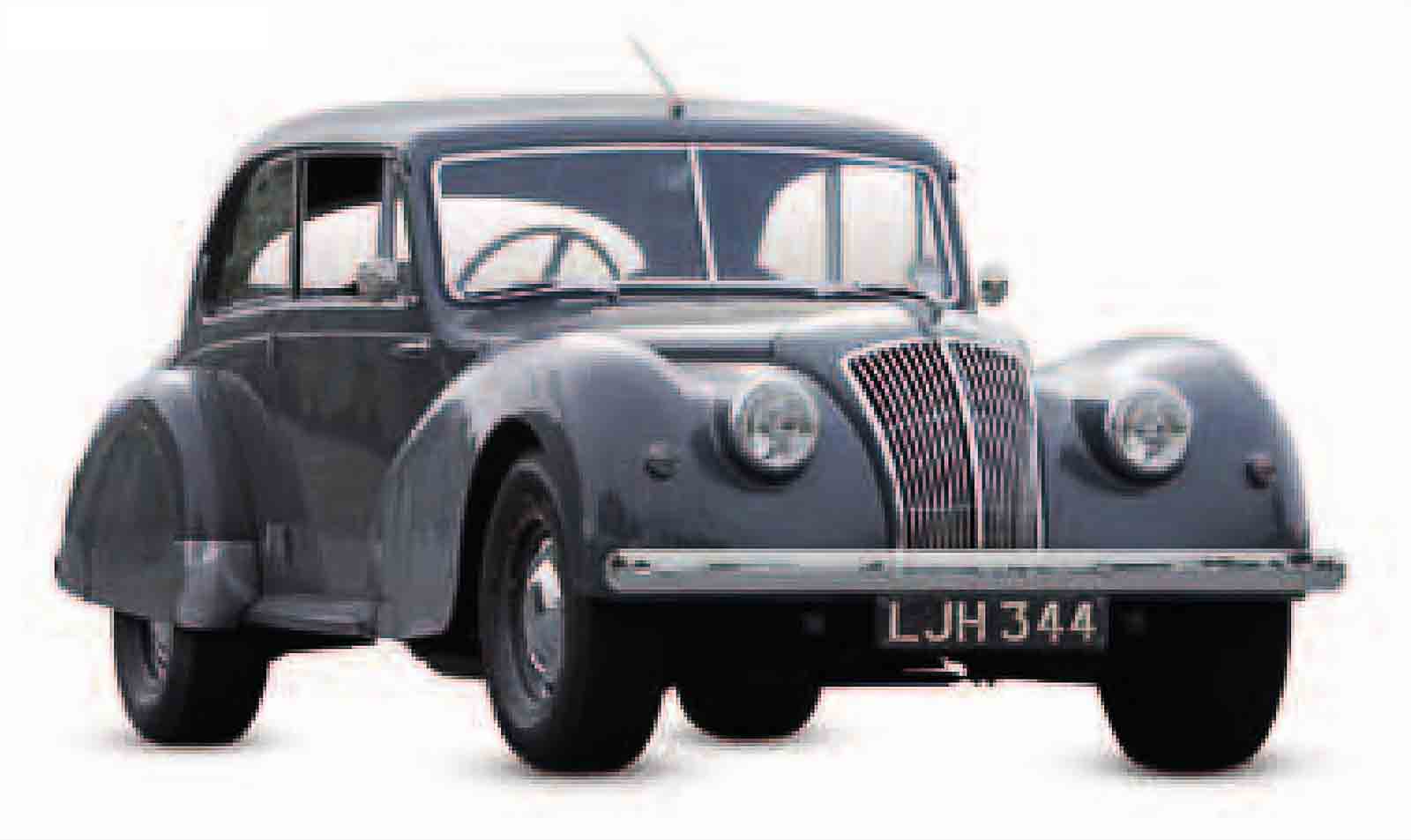
| Origin | UK |
| Engine | 1,991 cc, straight-six |
| Top speed | 80 mph (129 km/h) |
AC quickly launched a quality car with attractive, post-war styling, although it had a pre-war chassis with beam axles. Its powerful engine was designed in 1919.
Triumph 1800, 1946
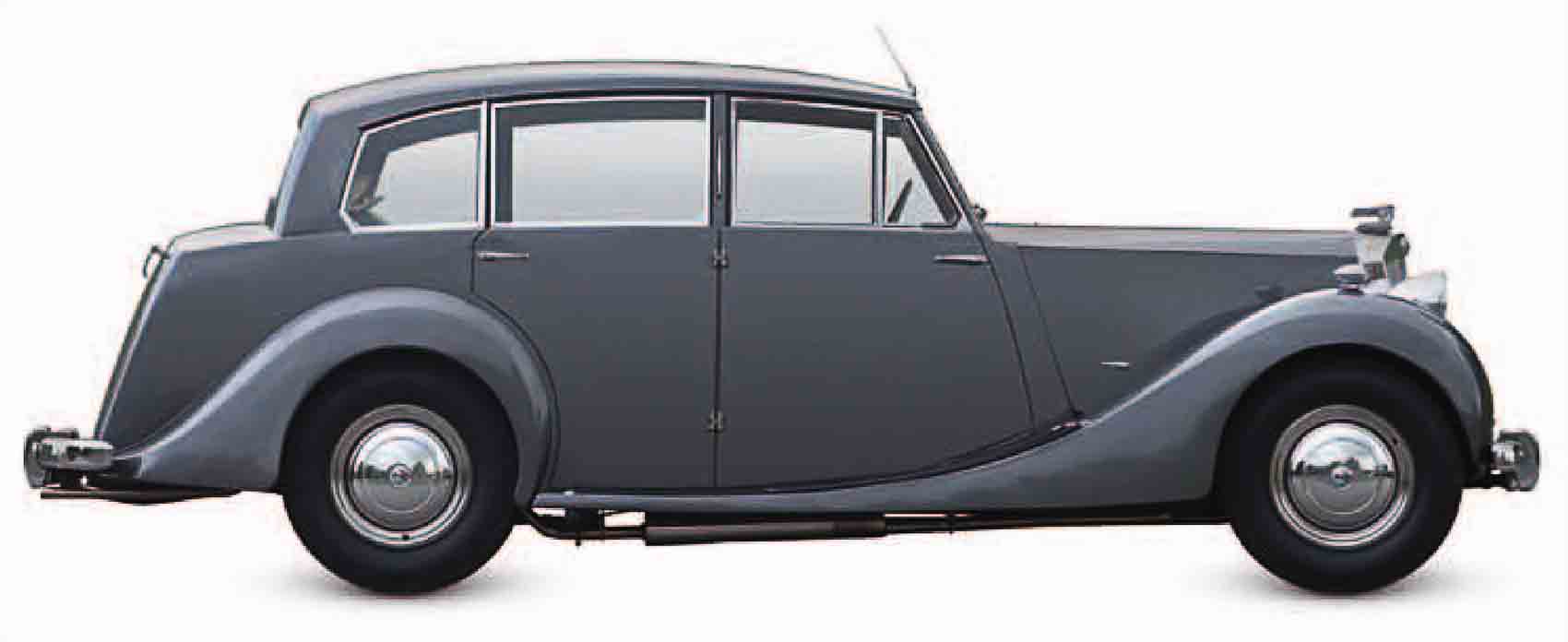
| Origin | UK |
| Engine | 1,776 cc, straight-four |
| Top speed | 75 mph (121 km/h) |
Standard bought Triumph in 1945, and relaunched it as an upmarket marque with razor-edge styling. The 1800’s engine was enlarged in 1949, and it lasted until 1954.
Peugeot 203, 1948
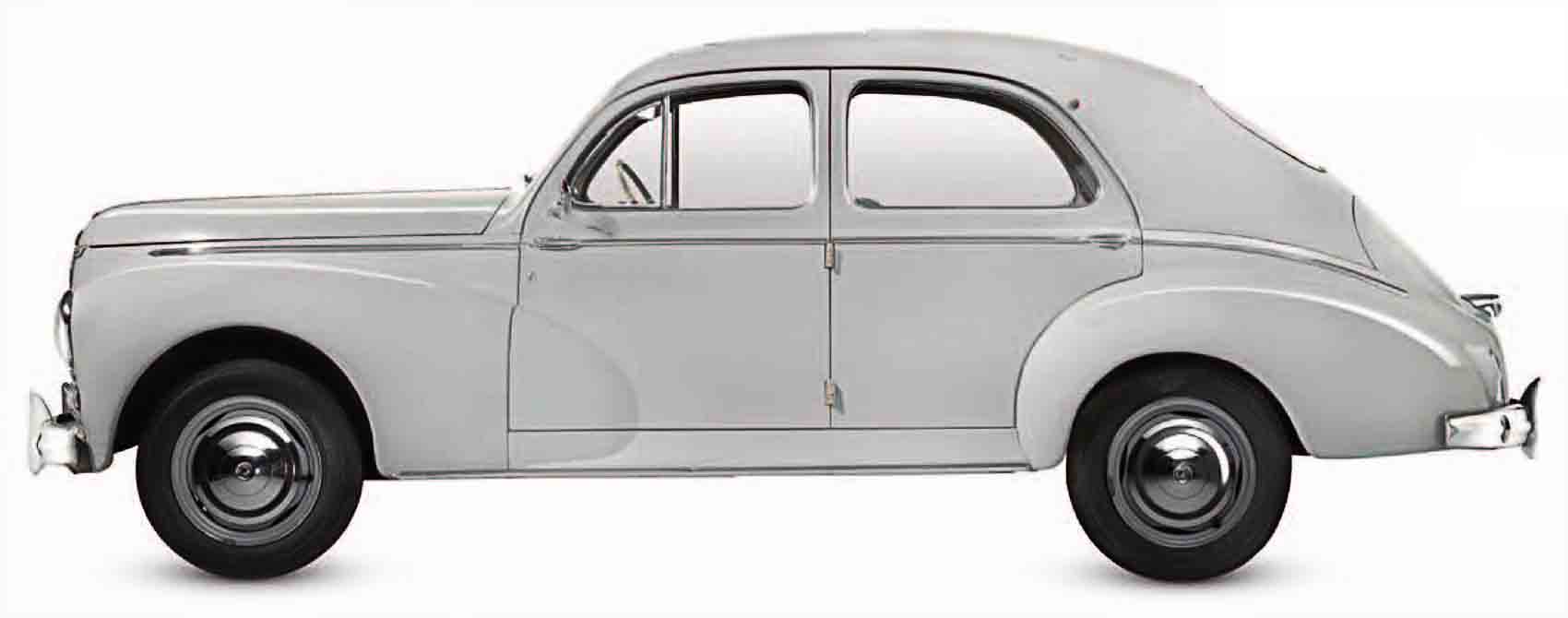
| Origin | France |
| Engine | 1,290 cc, straight-four |
| Top speed | 71 mph (114 km/h) |
Post-war Peugeots were built to be resilient. The 203, in particular, had a spacious modern body, a powerful engine for its size, and hard-wearing running gear. It was made until 1960.
Jowett Javelin, 1947
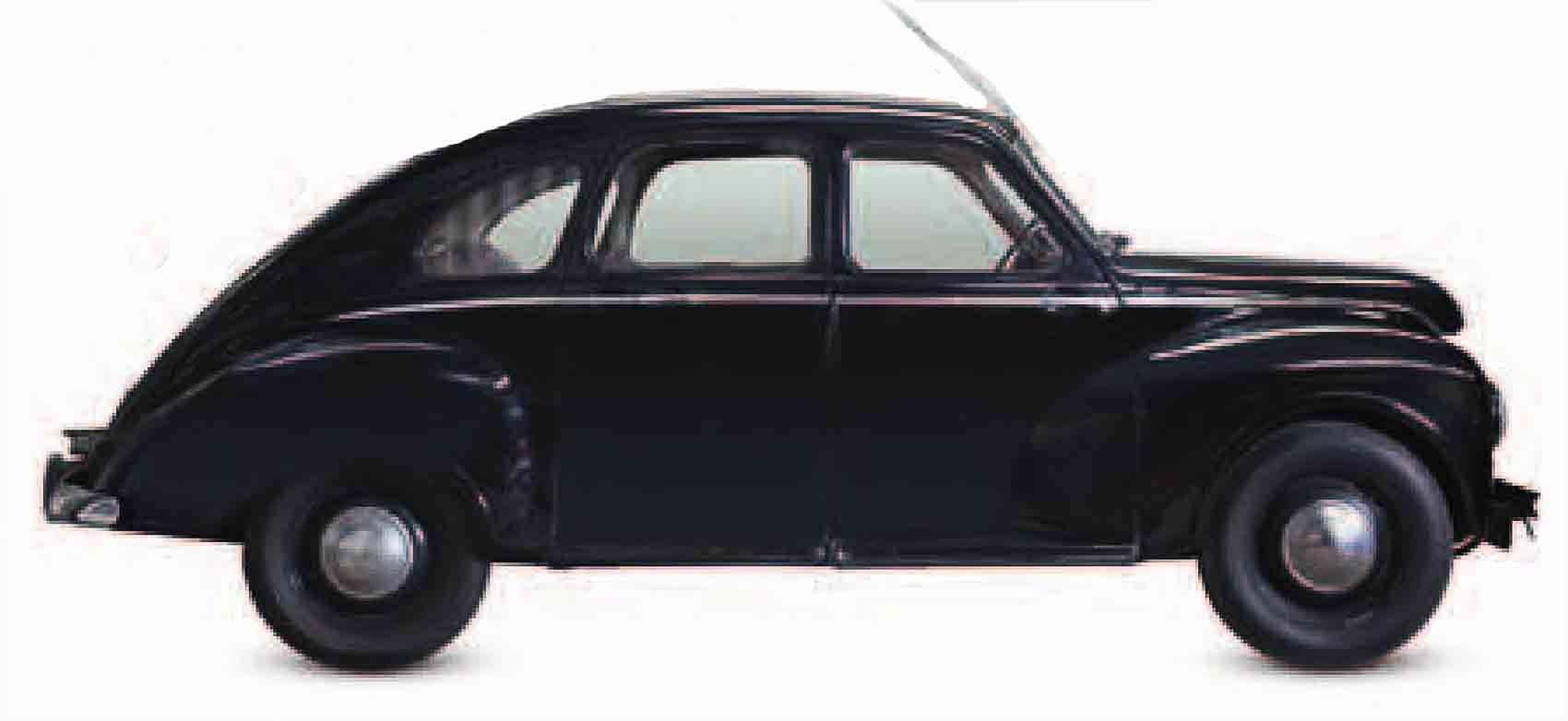
| Origin | UK |
| Engine | 1,486 cc, flat-four |
| Top speed | 78 mph (126 km/h) |
The Javelin was the result of a brave attempt by a small Yorkshire company to build an all-new post-war car. It had a modern engine and was aerodynamic, with good handling.
Volvo PV444, 1947
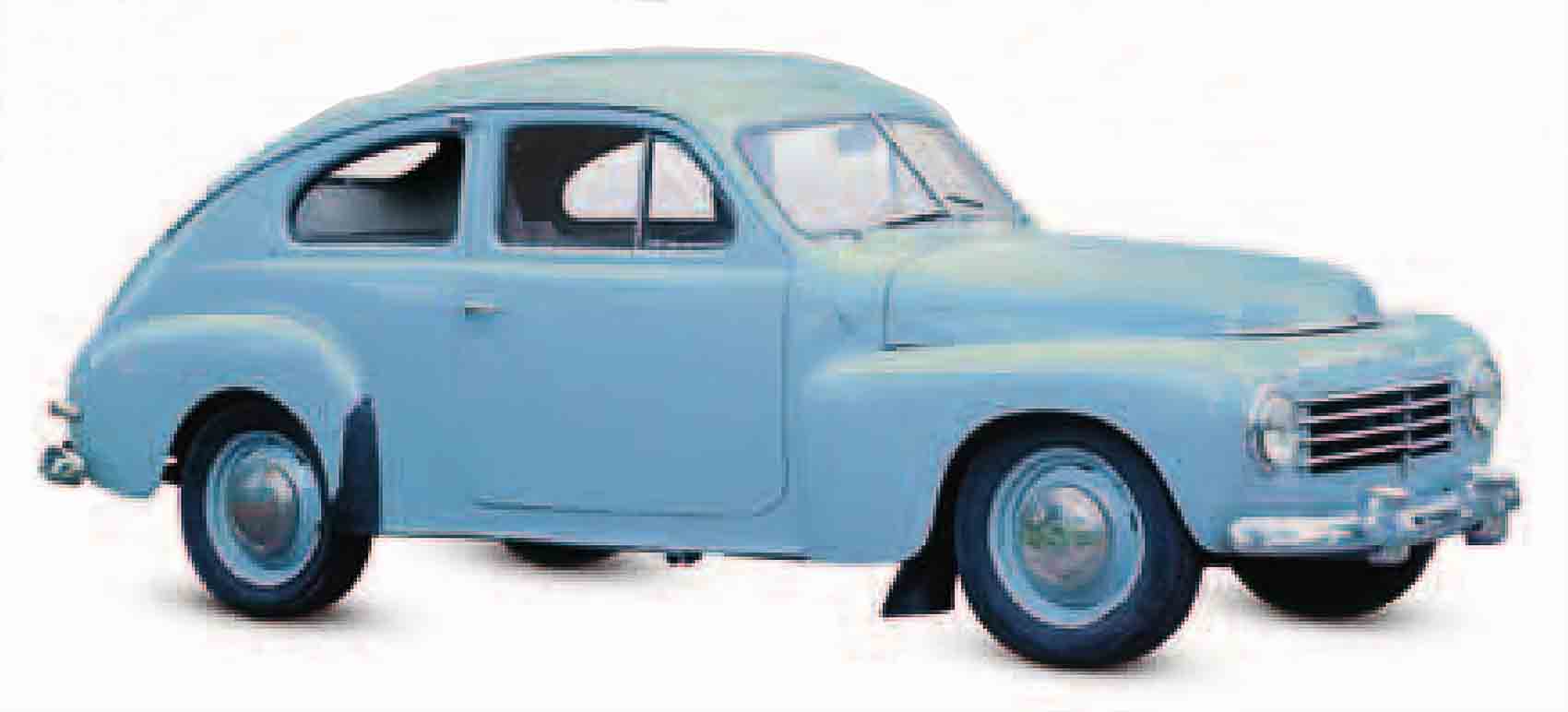
| Origin | Sweden |
| Engine | 1,414 cc, straight-four |
| Top speed | 76 mph (122 km/h) |
With monocoque construction and a new overhead-valve engine-later tuned to give double the power and a top speed of 95 mph (153 km/h)the new Volvo was ahead of its time.
Sunbeam-Talbot 90, 1948

| Origin | UK |
| Engine | 1,944 cc, straight-four |
| Top speed | 77 mph (124 km/h) |
Produced as a quality four-door sedan or two-door convertible, the 90 had an attractive post-war look but still had a beam front axle.
Vauxhall Velox, 1948
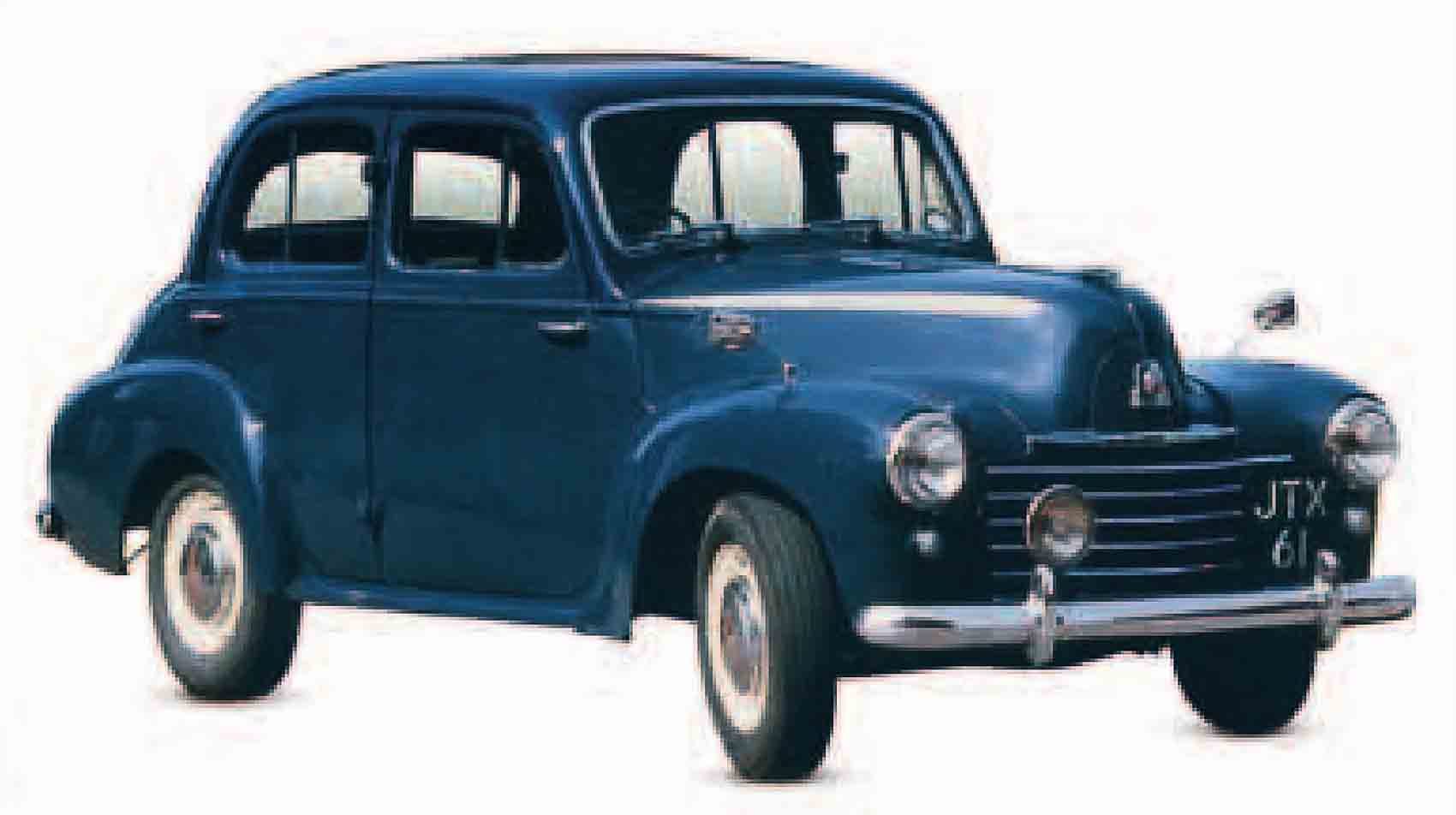
| Origin | UK |
| Engine | 2,275 cc, straight-six |
| Top speed | 74 mph (119 km/h) |
A pre-war design with minimal enhancements, the Velox had a strong six-cylinder engine and sold on value for money and reliability. Full post-war styling came in 1951.
Tatra T600 Tatraplan, 1948
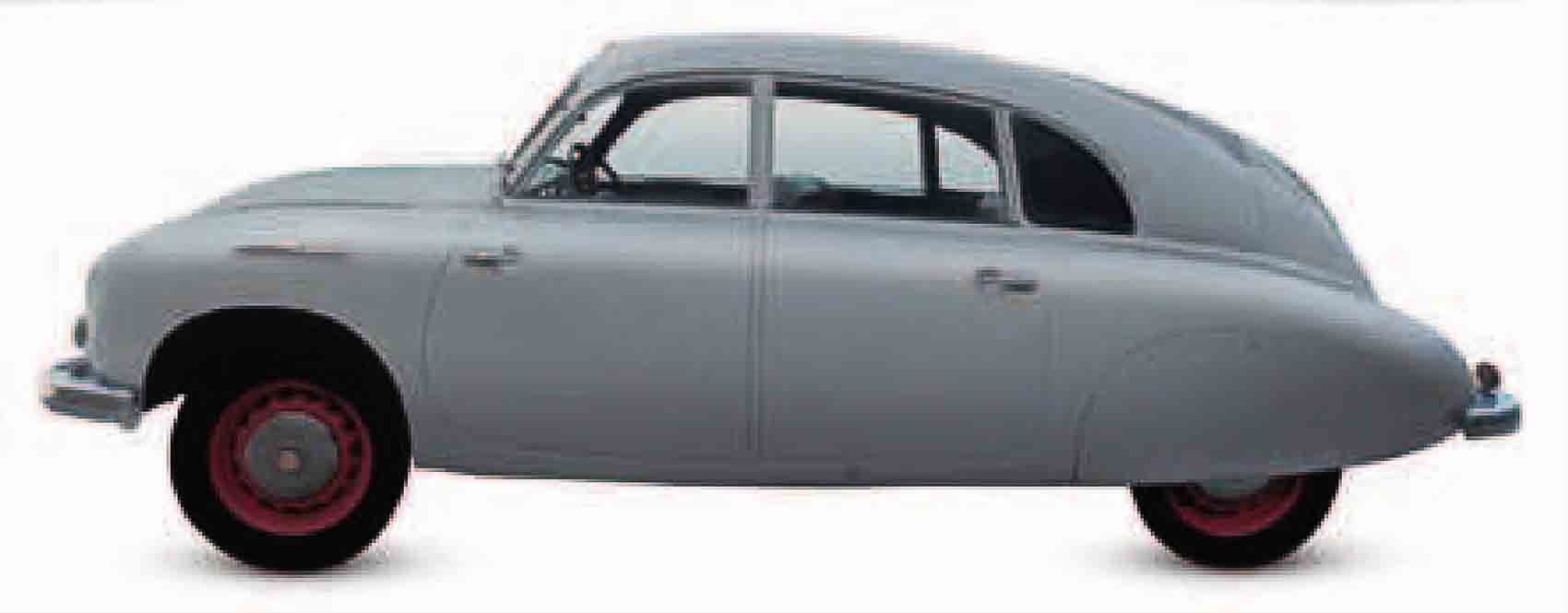
| Origin | Czechoslovakia |
| Engine | 1,952 cc, flat-four |
| Top speed | 80 mph (129 km/h) |
With a drag coefficient of just 0.32, the impressive T600 was extremely aerodynamic. The air-cooled engine was mounted at the rear, giving a spacious interior for six people.
Humber Hawk III, 1948
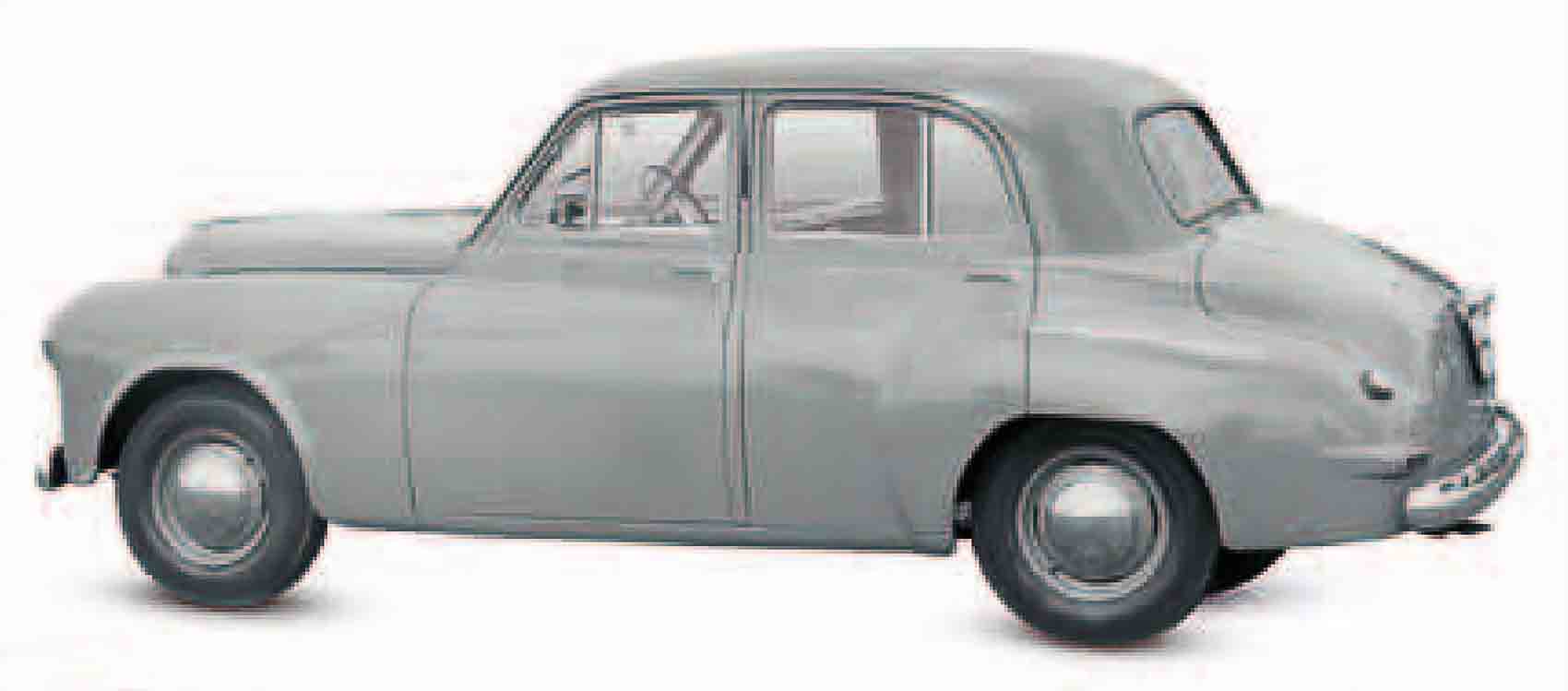
| Origin | UK |
| Engine | 1,944 cc, straight-four |
| Top speed | 71 mph (114 km/h) |
One of the first British cars to have curved windshield in a modern body, the Mk III had a pre-war side-valve engine and chassis, but now with independent front suspension.
Morris Oxford MO, 1948
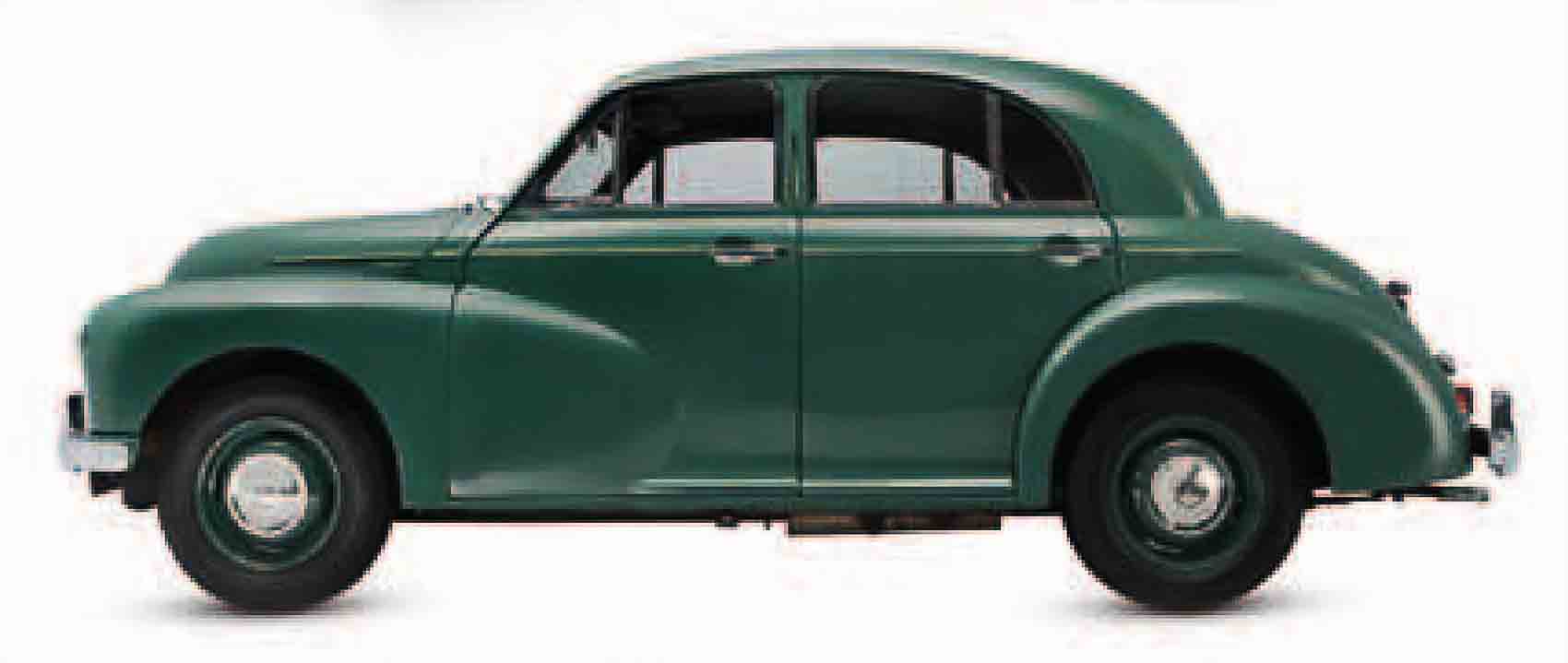
| Origin | UK |
| Engine | 1,476 cc, straight-four |
| Top speed | 71 mph (114 km/h) |
The Oxford MO was a large Morris Minor, with the same torsion-bar front suspension, rack-and-pinion steering, and hydraulic brakes. It sold 159,960 in six years despite its slow performance.
Holden 48-215 “FX”, 1948
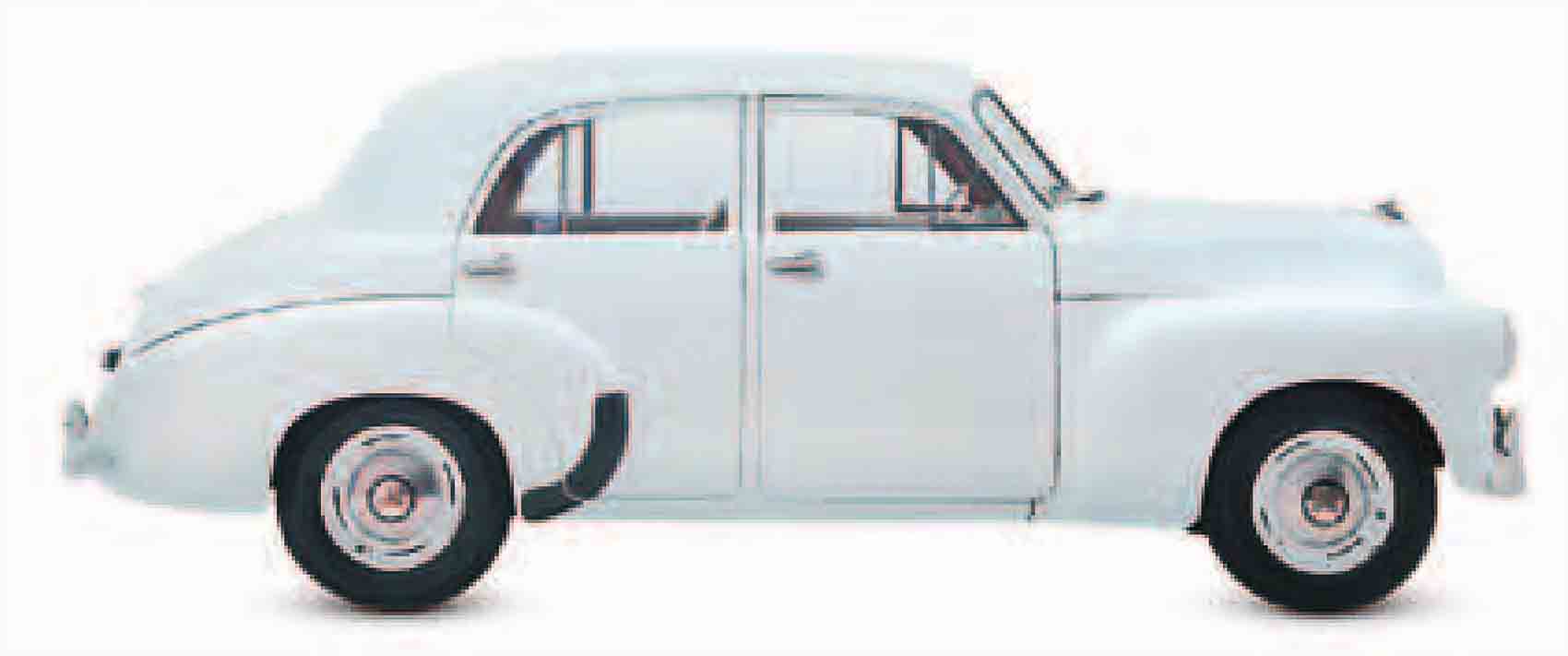
| Origin | Australia |
| Engine | 2,171 cc, straight-six |
| Top speed | 80 mph (129 km/h) |
General Motors acquired Australia’s Holden in 1931, but Holden forged its own identity post-war with this monocoque car-intended first as a Chevrolet but too small for the U.S.
Fiat 1500, 1949
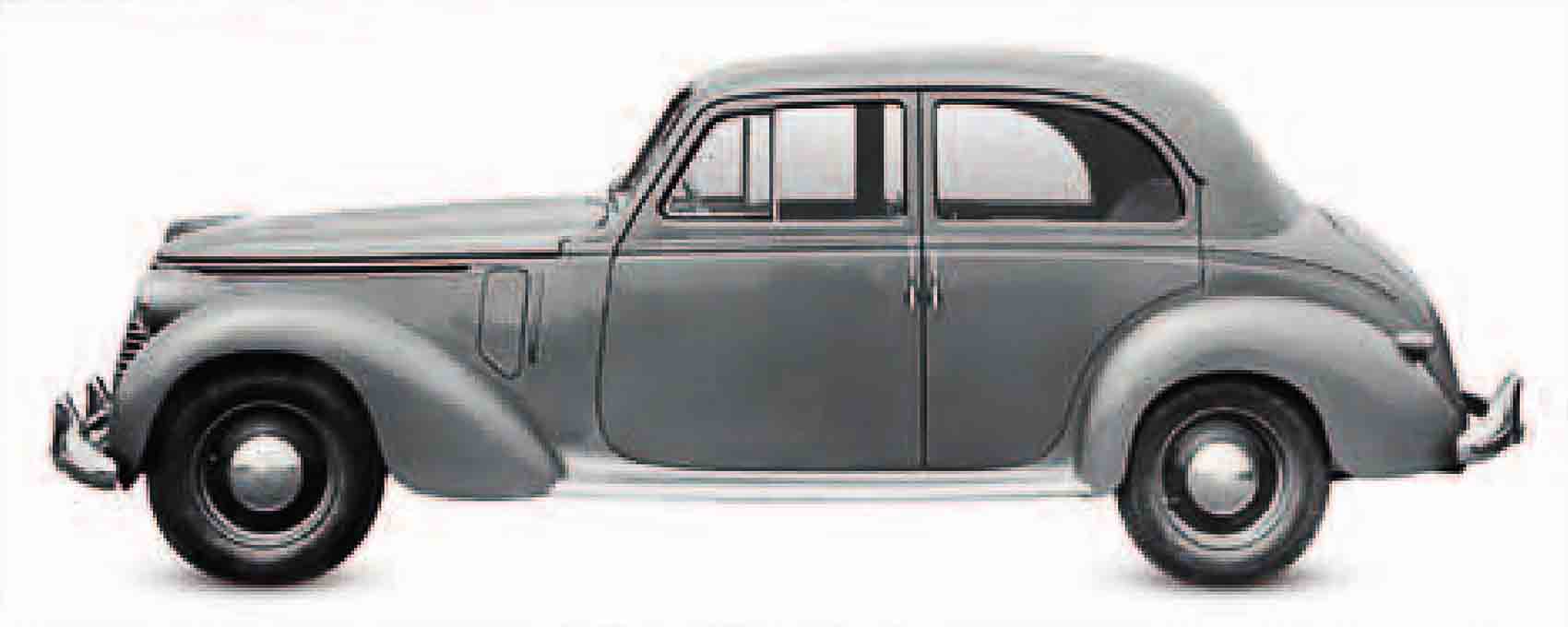
| Origin | Italy |
| Engine | 1,493 cc, straight-six |
| Top speed | 75 mph (121 km/h) |
This was the final version of a car introduced in 1935. Very advanced with aerodynamic styling, it had a backbone chassis, independent front suspension, and overhead valves.
Hansa 1500, 1949
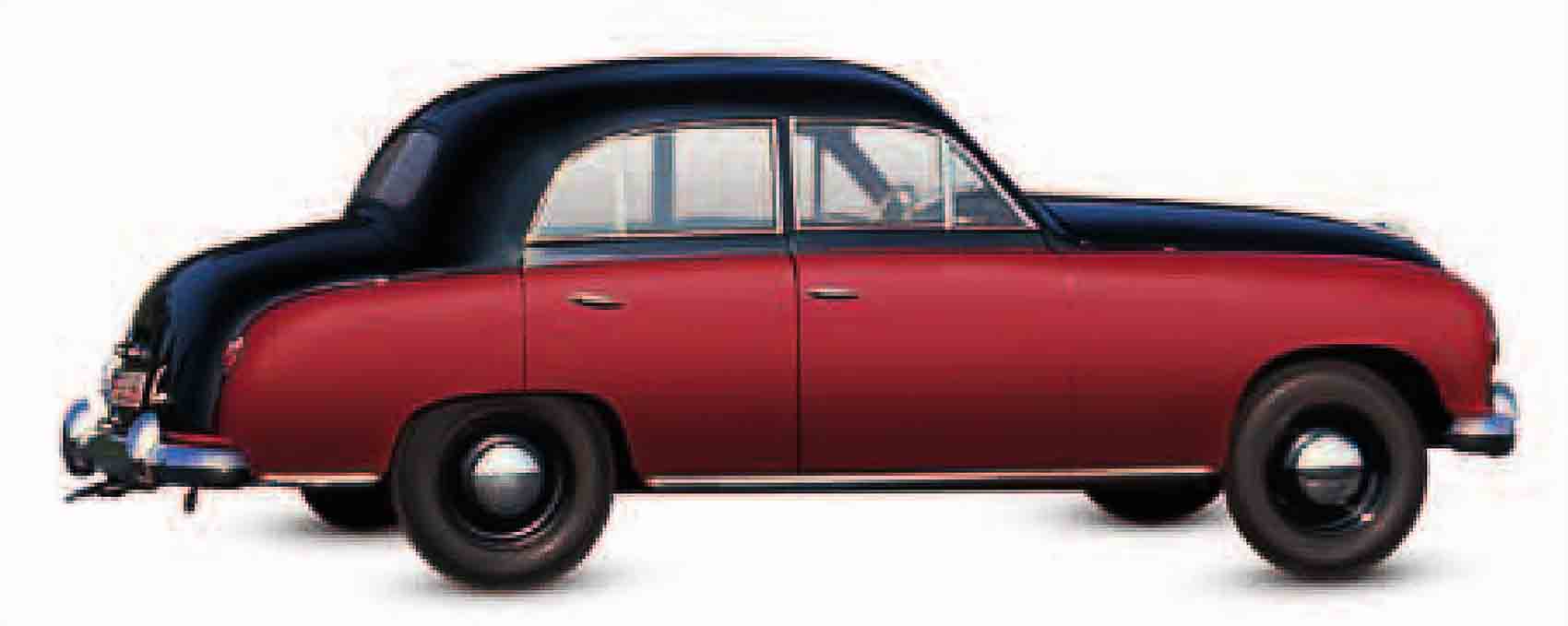
| Origin | Germany |
| Engine | 1,498 cc, straight-four |
| Top speed | 75 mph (121 km/h) |
Strikingly modern for its time, the Hansa had a backbone chassis and all-independent suspension, and even pioneered flashing turning signals. It could seat six people.
It is a quote. The Definitive Visual History Of The Automobile 2011




